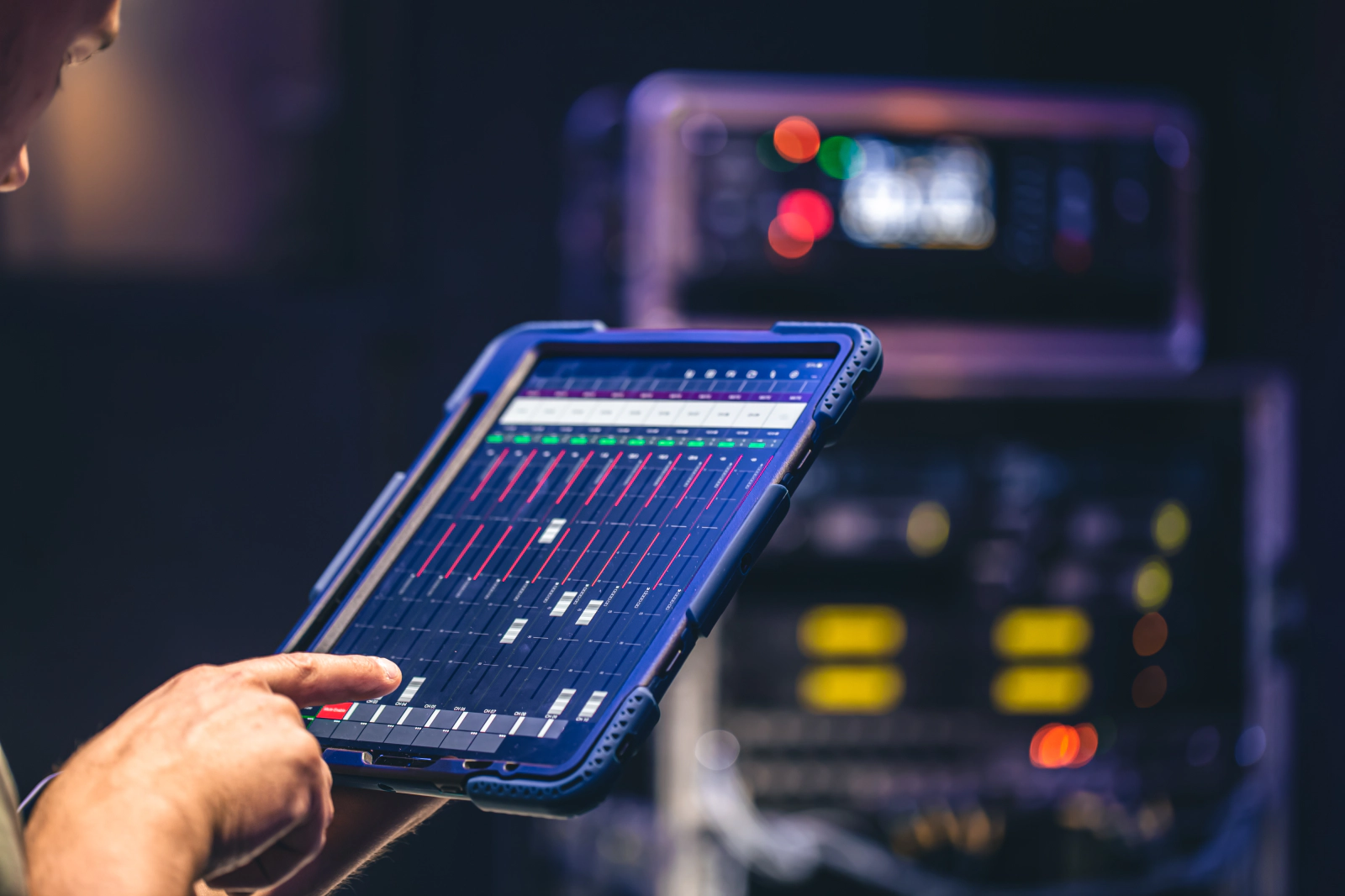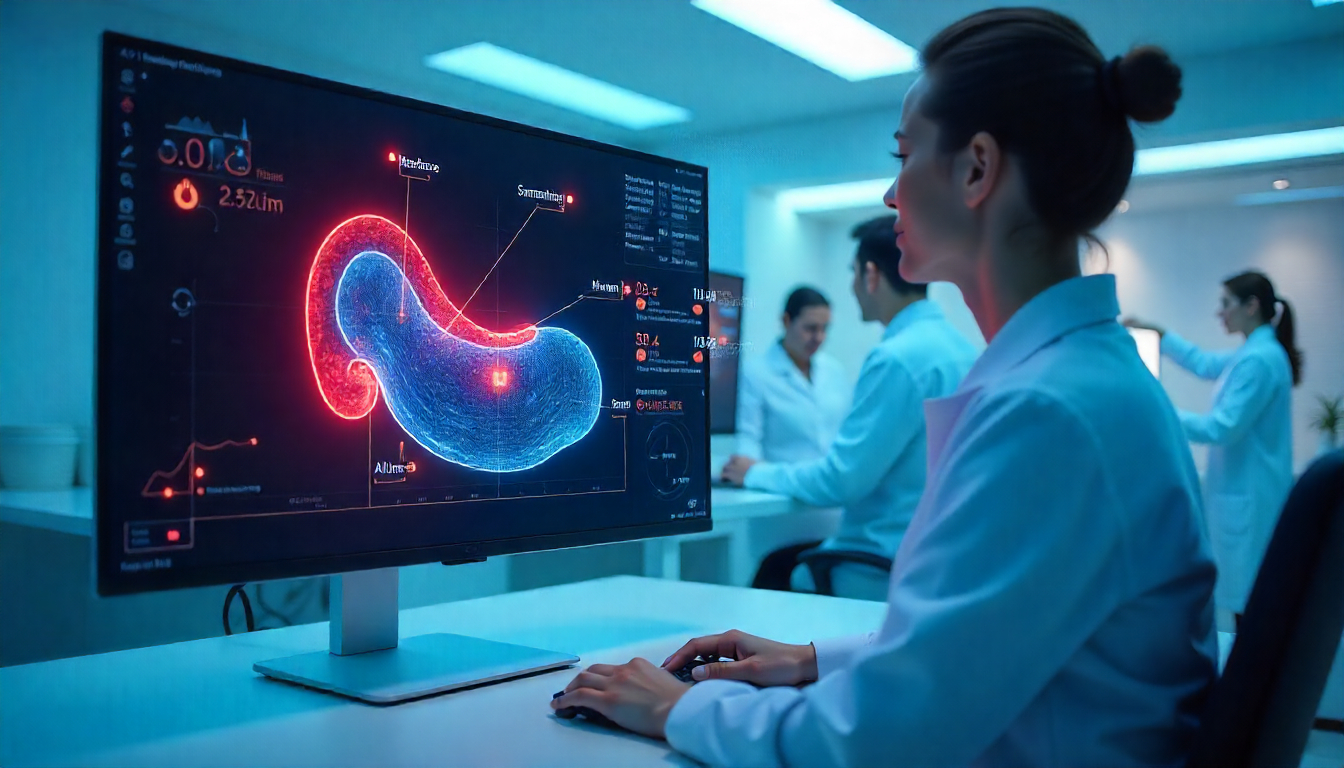Jump to Section
3 Min Read time
Quick Snapshot
A leading tools and equipment retailer struggled with erratic inventory cycles due to demand unpredictability. By deploying advanced forecasting models, such as Random Forest and XGBoost—trained on weekly sales trends—we helped them automate predictions, reduce overstocking, and improve revenue retention.
Brief
In regulated testing environments, accuracy isn’t a luxury—it’s the baseline. However, ensuring precision comes at the cost of time. In this case, a lab faced a familiar bottleneck: analysts were spending close to 1.5 hours per sample reviewing chromatograms manually—a tedious process that involved identifying peaks, correcting noise, adjusting for co-elutions, and ensuring every tiny anomaly was accounted for. These reviews were then passed on to a second-level reviewer, further stretching the turnaround.
With AI stepping into the workflow, things changed dramatically. Built using historical review data, our AI model learned how analysts performed corrections and began replicating those decisions. It handled the repetitive, error-prone first-level review in minutes, not hours.
Challenges
Operational Bottleneck
Each sample required 60–90 minutes of review time. This meant a single analyst could only process about 6 samples in an 8-hour shift, significantly limiting the lab’s testing capacity. Clients were often waiting over 72 hours for test results due to backlog and analyst fatigue.
Matrix Interference Issues
Food and cannabis products often come with complex matrices (e.g., sugars, fats, flavourings) that interfere with accurate compound detection. Analysts frequently had to correct for enhancements, suppression, or co-eluted peaks manually.
Inconsistent Review Quality
Different analysts applied slightly different criteria when correcting chromatograms. This led to inconsistencies in reporting and flagged several unnecessary outliers for second-level review.
Solution
We trained an AI engine on 5000+ analyst-reviewed chromatograms and integrated it directly into the first-level review workflow. It resulted in :
Baseline
Corrections
Automatically smooths noisy baselines by learning real-world noise patterns.
Retention Time
Adjustments
Adjusted for small RT shifts due to instrument variability, ensuring peaks appeared at expected locations.
Matrix Interference
Corrections
Recognized common suppression/enhancement patterns from sample types like gummies or beverages and auto-corrected them.
Peak Integration
and Separation
Identified overlapping peaks and accurately split them where needed to reflect the real compound presence.
Impact
“AI model trained on 5,000+ historical reviews replicates your analysts’ judgment.”
Meet Maya
Before AI
Maya, one of the lab’s senior analysts, could review around 6 cannabis gummy samples in a full day. Each required her to manually inspect noisy chromatograms, flag overlapping peaks, and struggle with matrix interferences caused by sugar and flavoring agents. By 4 PM, she would be exhausted, with more samples still waiting. With fatigue, her each subsequent review went slower and was more error-prone.
After AI
With our AI engine in place, Maya arrives to find 12 pre-reviewed chromatograms waiting in her queue. She only needs to validate the AI’s decisions—a quick 10 minute check per sample. She spends the rest of the day either clearing more complex samples or assisting junior analysts. For the lab, this means double the output without doubling the headcount. The same instruments. The same team. Just smarter workflows.
Ready to transform
your lab’s operations?
Let’s set up a 30-minute demo to learn,
How AI can cut turnaround time and boost ROI—no new hires required.
Our Solutions in Action
Read how we have transformed businesses along the way.
-
Industrial • Internet of Things (IoT): Enabling Smarter Industrial, Agricultural & Solar Operations through Long-Range, Low-Power IoT Monitoring with LoRa® Technology
Enabling Smarter Industrial, Agricultural & Solar Operations through Long-Range, Low-Power IoT Monitoring with LoRa® Technology
From noisy factories to sprawling farmlands and solar fields, reliable real-time monitoring was once a distant dream. Traditional wired and Wi-Fi systems failed to cover vast areas or withst…

-
Industrial • Data & AI: How a Jewellery Technology Pioneer Achieved 99% Accurate Diamond Testing with Technostacks AI-Powered Screening App
How a Jewellery Technology Pioneer Achieved 99% Accurate Diamond Testing with Technostacks AI-Powered Screening App
Clarity isn’t just for diamonds. With Technostacks AI-enabled mobile app, a jewellery technology innovator transformed diamond screening into a faster, more accurate, and fully automated e…

-
Industrial • Digital Products • Generative AI: How a Chemical Manufacturing Giant Cut Costs by 60% and Accelerated ERP Deployment with Technostacks Zoho Implementation
How a Chemical Manufacturing Giant Cut Costs by 60% and Accelerated ERP Deployment with Technostacks Zoho Implementation
Growth doesn’t have to wait. With Technostacks certified Zoho expertise, a global chemical leader turned years of ERP setbacks into measurable wins: faster deployment, lower costs, and AI-…

-
Generative AI • Strategic Consulting: Reduce Order Errors. Cut Manual Work. Serve More Customers Without Lifting a Finger
Reduce Order Errors. Cut Manual Work. Serve More Customers Without Lifting a Finger
Reduce human intervention in restaurant bookings by 90%, while giving every caller a smooth, intelligent ordering experience without hiring another soul.

-
Logistics • Cloud & DevOps • Generative AI • Strategic Consulting: Automated Answers, Zero Wait Time – Reducing HR Load with a RAG-Based Fleet Chatbot
Automated Answers, Zero Wait Time – Reducing HR Load with a RAG-Based Fleet Chatbot
Turn hours of repetitive HR and ops support into a single chatbot, one that knows every fleet policy, SOP, and HR guideline your team could ask for. It works 24/7, never gets tired, and unde…

-
Logistics • Data & AI • Digital Products • Strategic Consulting: Modernizing Balikbayan – Automating Last-Mile Delivery for Faster, Smarter Shipping
Modernizing Balikbayan – Automating Last-Mile Delivery for Faster, Smarter Shipping
Sending a Balikbayan box from Sydney to Manila can be seamless, tracked from the moment it’s picked up at your doorstep to the second it reaches your loved one’s hands, all without the h…

-
Cloud & DevOps • Data & AI: Driving Performance, Resilience, and $1M Annual Savings Through Strategic Database Modernization
Driving Performance, Resilience, and $1M Annual Savings Through Strategic Database Modernization
Improving system performance by 23%, cutting downtime incidents by 80%, and saving nearly $1 million annually, all while future-proofing critical infrastructure for a multi-business global e…

-
Cloud & DevOps • Data & AI • Generative AI: Executive hiring, reimagined: 90% faster CV reviews, zero compliance errors
Executive hiring, reimagined: 90% faster CV reviews, zero compliance errors
Parsing resumes, aligning stakeholder input, and generating compliant, role-specific documents, all done faster than your next coffee break.

-
Healthcare • Data & AI • Digital Products • Strategic Consulting: From 3 Minutes to 30 Seconds: How AI Rewired Plaque Detection for a Leading U.S. Cardiovascular Lab
From 3 Minutes to 30 Seconds: How AI Rewired Plaque Detection for a Leading U.S. Cardiovascular Lab
Convert raw ultrasound scans into quantified arterial insights—automatically, accurately, and in under a minute. No fatigue. No backlog. No bottlenecks.

Lets Talk
Have a challenge?Let us know.